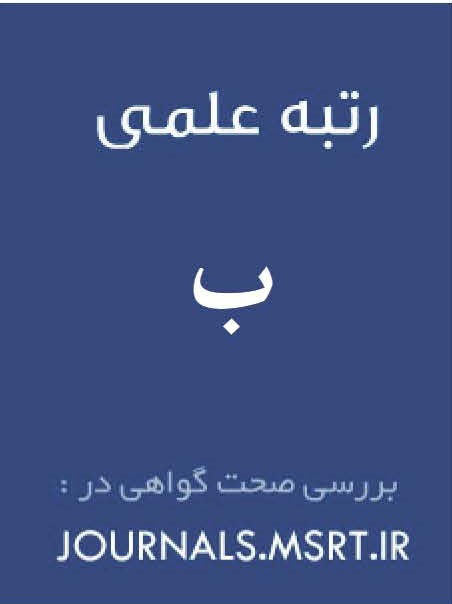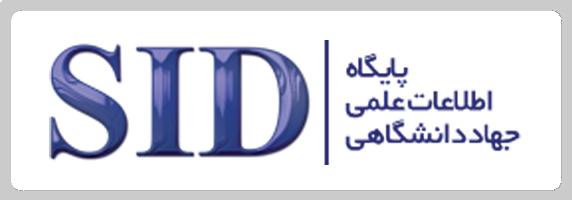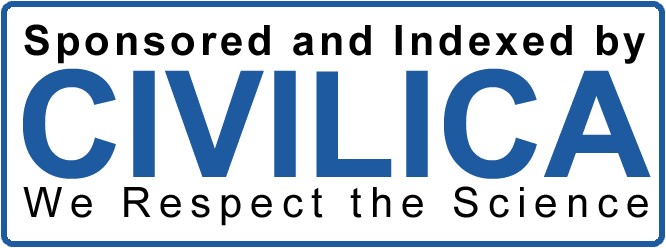Modeling Wisdom Based on Cognitive Abilities and FamilyAtmosphere with the Mediating Role of Emotion Regulationamong University Students
Keywords:
Wisdom, Cognitive Abilities, Family Atmosphere, Emotion Regulation, StudentsAbstract
Objective: The aim of this study was to model wisdom in university students based on cognitive
abilities and family atmosphere, with the mediating role of emotion regulation.
Methods and Materials: This applied study used a descriptive-correlational design within the
framework of structural equation modeling (SEM). The statistical population comprised all male
and female university students in Shahrekord during the 2024–2025 academic year. Following
Stevens’ rule of 15 participants per indicator, a sample size of 510 was determined and selected
using available and random sampling. Data were collected through four standardized instruments:
Ardelt's Three-Dimensional Wisdom Scale (2003), Nejati's Cognitive Abilities Scale (2013), HillBurns Family Atmosphere Scale (1964), and Garnefski and Kraaij's Cognitive Emotion Regulation
Questionnaire (2001). Data were analyzed using SPSS-26 and Amos-24.
Findings: The results revealed that cognitive abilities had both a direct effect (β=0.11, p<0.01) and
an indirect effect through emotion regulation (β=0.06, p<0.01) on wisdom. Family atmosphere also
had significant direct (β=0.11, p<0.01) and indirect effects (β=0.03, p<0.01) on wisdom.
Furthermore, cognitive abilities (β=0.26, p<0.01) and family atmosphere (β=0.16, p<0.01) were
both positively associated with emotion regulation, which in turn showed a direct effect on wisdom
(β=0.14, p<0.01). Model fit indices (CFI=1, GFI=1, AGFI=0.98, RMSEA=0.039) confirmed that
the proposed model had a good fit with the data.
Conclusion: The findings suggest that wisdom among students is significantly influenced by both
cognitive capacities and the emotional quality of the family environment, with emotion regulation
serving as a meaningful mediator. Educational planners and psychological counselors are advised
to focus on strengthening cognitive skills, improving family interactions, and teaching emotional
regulation strategies to promote wisdom development in student populations.
Downloads
References
Arbel, R., Perrone, L., & Margolin, G. (2016). Adolescents’ Daily Worries and Risky Behaviors: The Buffering Role of Support Seeking. Journal of Clinical Child & Adolescent Psychology, 47(6), 900-911. https://doi.org/10.1080/15374416.2016.1169536
Auerbach, R. P., Tsai, B., & Abela, J. R. Z. (2010). Temporal Relationships Among Depressive Symptoms, Risky Behavior Engagement, Perceived Control, and Gender in a Sample of Adolescents. Journal of Research on Adolescence, 20(3), 726-747. https://doi.org/10.1111/j.1532-7795.2010.00657.x
Goueta, N., Gershy, N., & Pollak, Y. (2025). Reciprocal Relations Between ADHD and Risky Behavior in Adolescence: A Between and Within‐person Longitudinal Analysis. Journal of Child Psychology and Psychiatry. https://doi.org/10.1111/jcpp.14128
Hasikić, A., & Vlah, N. (2017). The Relationship Between the Experience of Resistance Within the Family and Self-Perceived Risky Behaviors Among High School Students. Zbornik Radova 18(15), 63-80. https://doi.org/10.51728/issn.2637-1480.2019.15.63
Heriansyah, M. (2018). The Contribution of Group Guidance Services on the Students Risky Behavior Prevention Program. Jurnal Pipsi (Jurnal Pendidikan Ips Indonesia), 3(1), 4. https://doi.org/10.26737/jpipsi.v3i1.535
Hu, D., Liu, X., Xiao, H., & Zhang, W. (2021). Jogging-Related Risk Cognition and the Stimulation of Risky Behavior During Jogging. American Journal of Health Behavior, 45(2), 256-267. https://doi.org/10.5993/ajhb.45.2.6
Lesmana, M. H. S., & Chung, M. H. (2024). Mediating Roles of Perceived Stigma and Mental Health Literacy in the Relationship Between School Climate and Help-Seeking Behavior in Indonesian Adolescents. PLoS One, 19(5), e0298017. https://doi.org/10.1371/journal.pone.0298017
Pratiwi, R., & Mudjiran, M. (2020). The Contribution of Self-Regulation and YouTube Users to Risky Sexual Behavior for Boarding House Students. Journal of Counseling and Educational Technology, 3(1). https://doi.org/10.32698/01021
Ray, J. M., Kats-Kariyanakatte, P., Moore, L., & Jacquin, K. M. (2022a). Risky Behavior in Adults Related to Gender, Age, and Children at Home. https://doi.org/10.36315/2022padviii09
Ray, J. M., Kats-Kariyanakatte, P., Moore, L. R., & Jacquin, K. M. (2022b). Gender, Age, and Children at Home Influence Risky Behavior in Adults. https://doi.org/10.36315/2022inpact067
Recto, P., & Champion, J. D. (2016). Psychological Distress and Associated Factors Among Mexican American Adolescent Females. Hispanic Health Care International, 14(4), 170-176. https://doi.org/10.1177/1540415316676224
Samadypoor, R., & Tamini, B. K. (2016). The Role of Personality Pattern Behaviors in Risk Behaviors of High School Students. International Journal High Risk Behaviors & Addiction, 5(4). https://doi.org/10.5812/ijhrba.36313
Shi, X. Y., Pan, J., & Li, M. (2024). Assessing the Role of Mental Health Literacy in Shaping Adolescent Health Attitudes and Its Association With Obesity in China. American Journal of Health Behavior, 48(6), 1663-1674. https://doi.org/10.5993/ajhb.48.6.17
Waliyanti, E., Dewantari, R. A., Puspita, D., & Primastuti, H. I. (2023). Sexual Behavior of Adolescents: Risk Factors in Rural Areas. Media Kesehatan Masyarakat Indonesia, 19(2), 61-72. https://doi.org/10.30597/mkmi.v19i2.21663
Wang, X., Wang, S., Song, T., Feng, K., & Li, Y. (2024). Intergenerational Transmission of Mental Health Literacy and Its Mechanism: The Mediating Effect of Parent-Child Relationship and the Moderating Effect of School Mental Health Service. Psychology research and behavior management, Volume 17, 1177-1189. https://doi.org/10.2147/prbm.s453122
Weiss, N. H., Sullivan, T. P., & Tull, M. T. (2015). Explicating the Role of Emotion Dysregulation in Risky Behaviors: A Review and Synthesis of the Literature With Directions for Future Research and Clinical Practice. Current opinion in psychology, 3, 22-29. https://doi.org/10.1016/j.copsyc.2015.01.013
Weiss, N. H., Tull, M. T., Dixon‐Gordon, K. L., & Gratz, K. L. (2016). Assessing the Negative and Positive Emotion-Dependent Nature of Risky Behaviors Among Substance Dependent Patients. Assessment, 25(6), 702-715. https://doi.org/10.1177/1073191116665906
Xu, J., Lv, j., Zeng, H., Wu, L., & Cheng, F. (2023). Smoking, Drinking, Sleeping and Risky Sexual Behaviors: A Cross Sectional Study in China (Preprint). https://doi.org/10.2196/preprints.51189
Yani, A. (2024). Enhancing Adolescent Mental Health Literacy: Strategies for Stigma Reduction and Help-Seeking Behavior. JRKPK, 3(2), 78-86. https://doi.org/10.61194/jrkpk.v3i2.668
Zakrajsek, J. S., Molnar, L. J., Eby, D. W., Kostyniuk, L. P., Zanier, N., LeBlanc, D. J., & Sayer, T. (2022). Guidelines for Developing Evidence-Based Risky Driving Countermeasures That Include Older Drivers. Innovation in Aging, 6(Supplement_1), 164-164. https://doi.org/10.1093/geroni/igac059.655
Downloads
Published
Submitted
Revised
Accepted
Issue
Section
License
Copyright (c) 2025 نازنین کریم زاده سورشجانی, رضا احمدی, محمد قاسمی پیر بلوطی (نویسنده)

This work is licensed under a Creative Commons Attribution-NonCommercial 4.0 International License.





